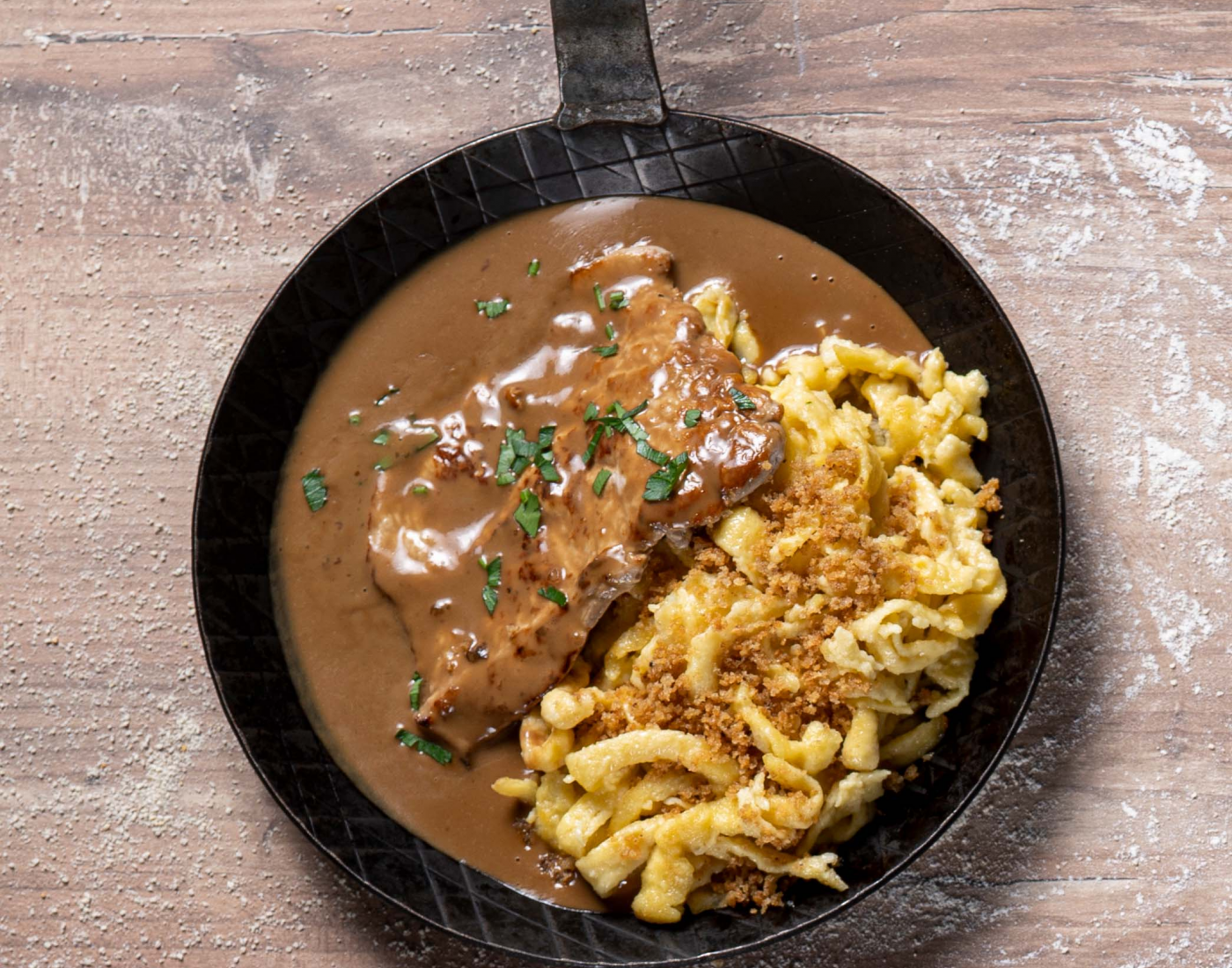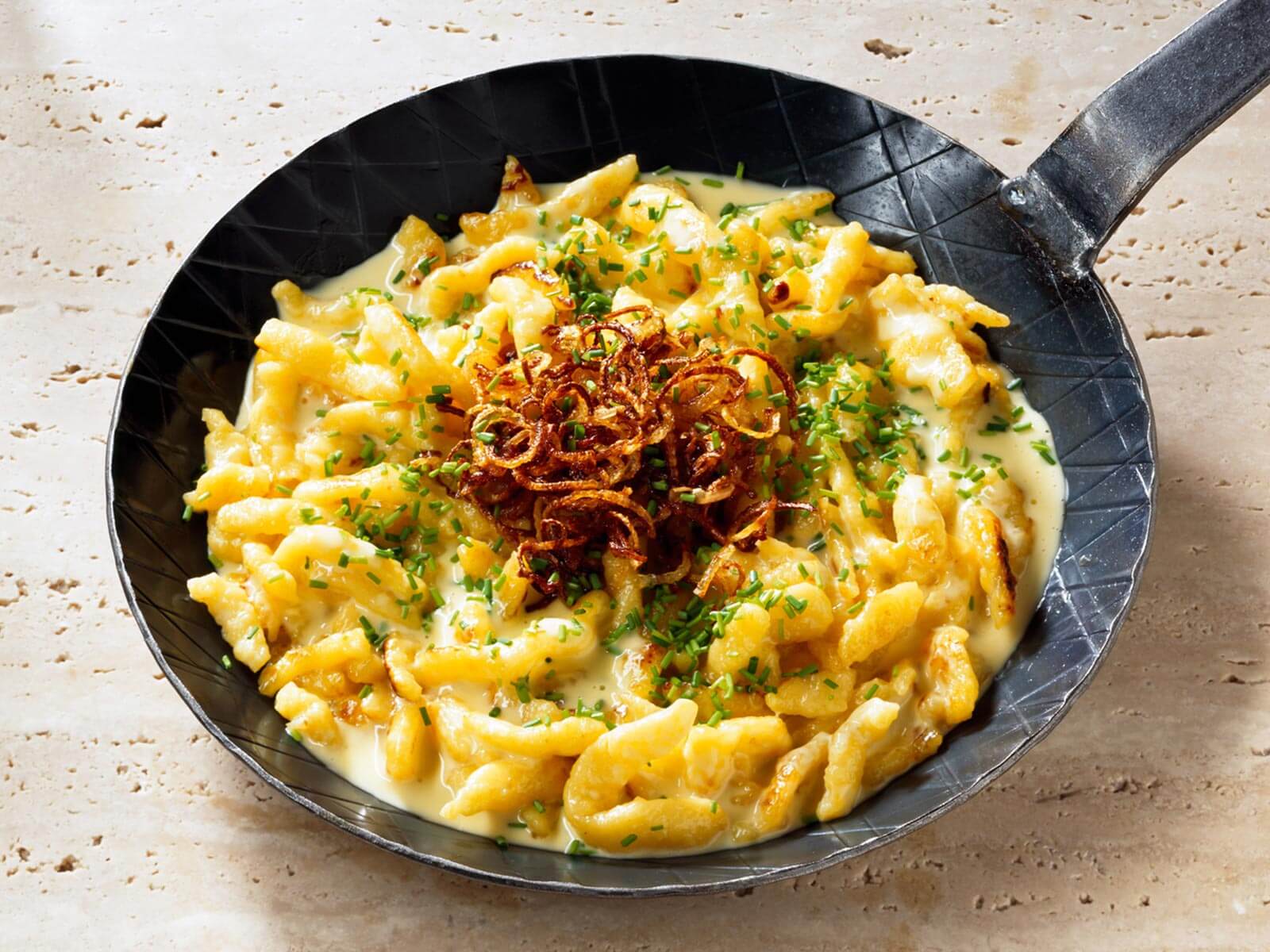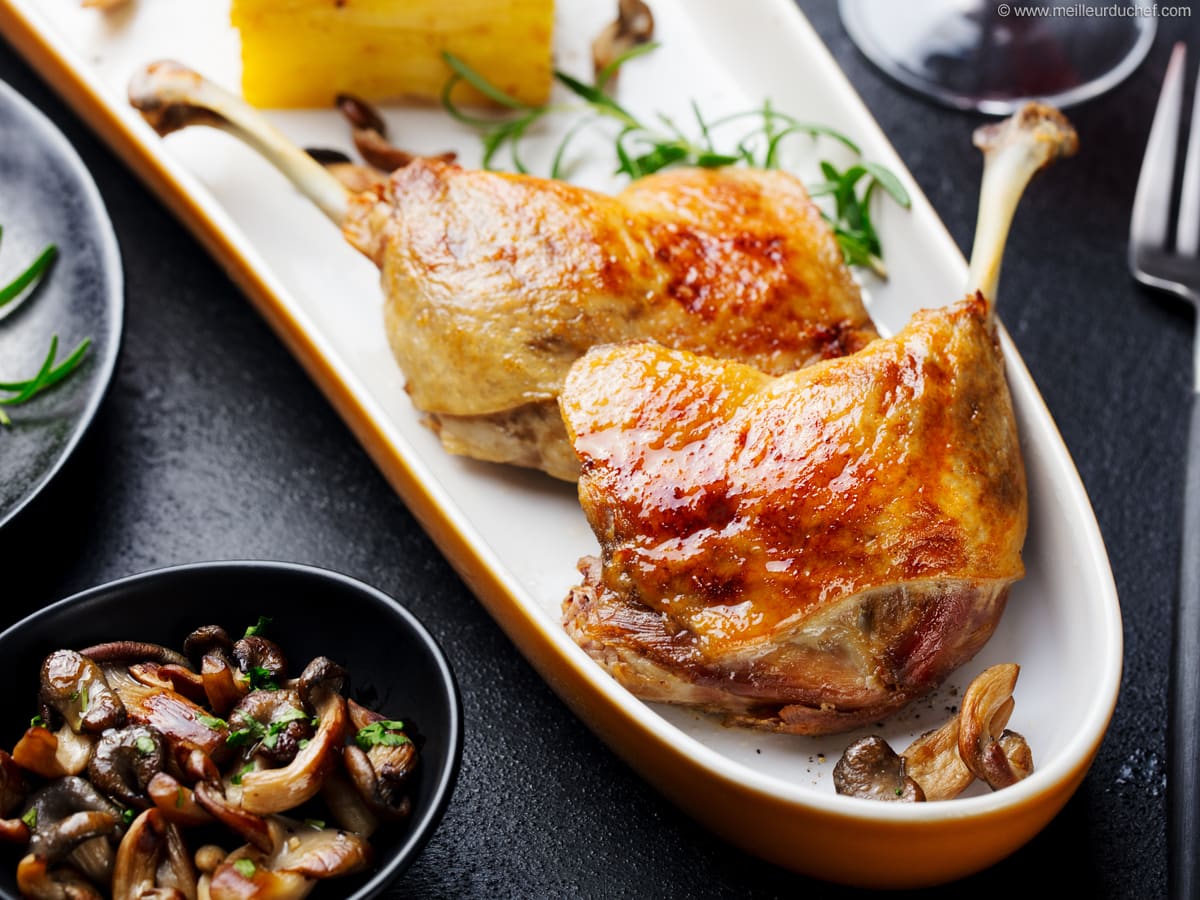When you think of traditional German cuisine, dishes like sausages, pretzels, and schnitzel often come to mind. But there’s one dish that quietly steals the show, often making an appearance as a comforting side dish or even a main course—spätzle. These soft, pillowy egg noodles are a beloved specialty in Germany, and after trying them for the first time, I can’t imagine German food without them.
Spätzle has a simple, yet rich history and a distinct texture that sets it apart from other pasta dishes. What makes spätzle so special is its versatility, ease of preparation, and the way it soaks up sauces and gravies, making it the perfect accompaniment to hearty stews or a rich cheese sauce. Whether served alongside a plate of schnitzel or topped with caramelized onions and melted cheese, spätzle is a dish that satisfies with every bite.
In this post, I’ll take you through the origins of spätzle, why it’s such an iconic part of German cuisine, and share how you can make this delicious dish yourself.
What Is Spätzle?

Spätzle (pronounced “shpätz-lah”) are soft, homemade egg noodles typically served as a side dish or main course in German cuisine. The dough is made from simple ingredients—flour, eggs, water, and salt—and then boiled in water to create tender, chewy little dumplings. The unique texture of spätzle sets it apart from traditional pasta or other egg noodles, as it has a slightly denser, more substantial bite that’s incredibly satisfying.
Though the dish is similar to pasta in some ways, it’s made using a different technique. Spätzle dough is typically pressed or scraped through a spätzle maker (a kind of sieve) into boiling water, which creates irregularly shaped noodles that are smaller than traditional pasta but incredibly rich in texture. Once boiled, the spätzle is typically tossed in butter, and it can be served as a side dish or used as a base for a variety of toppings, from cheese to mushrooms or even a rich gravy.
The Origins of Spätzle
Spätzle’s origins can be traced back to the southern regions of Germany, as well as Austria and Switzerland, though variations of the dish are enjoyed across Central Europe. The name “spätzle” comes from the German word “Spatz,” meaning “little sparrow,” a reference to the irregular shape of the noodles, which are often likened to the size of small birds.
Some food historians suggest that spätzle was created centuries ago as a way to use up basic ingredients like flour and eggs. It was a simple dish that could be made easily by families in rural Germany, and over time, it became a staple in German kitchens. It’s said that spätzle was first made in the Swabian region of Germany, and it remains especially popular in Swabian and Bavarian cuisine today.
Spätzle is also a comforting and nostalgic dish for many Germans, as it evokes memories of hearty family meals. While it has remained a traditional comfort food, spätzle’s adaptability has allowed it to make its way into modern-day German restaurants, often appearing as a trendy side dish or even in gourmet recipes.
Why Spätzle is So Special
So, what makes spätzle so beloved and unique in the world of food? There are a few reasons this dish stands out:
1. The Texture
The texture of spätzle is unlike any other pasta or dumpling. It’s soft and slightly chewy, but it still holds its shape and has a hearty bite. This gives it the ability to absorb sauces, gravies, and cheese without becoming soggy. Whether you top it with a rich mushroom gravy or simply toss it in butter, the texture makes it a perfect vehicle for whatever sauce or seasoning you choose.
When I first tasted homemade spätzle, I was struck by how the noodles seemed to melt in my mouth. The subtle density and the comforting consistency made the dish feel incredibly indulgent, but not too heavy—just perfectly satisfying.
2. Versatility
Another reason spätzle is so special is how versatile it is. It can be served in so many ways—whether as a simple side dish, a filling main course, or even in soup. In latoto Germany, it’s commonly served as a side with meats like schnitzel, roast pork, or sausages, where it soaks up the delicious sauces and gravies.
Spätzle can also be dressed up in a variety of ways. For example, the dish Käsespätzle is a popular variation where spätzle is layered with cheese (often Emmental or Gruyère) and onions, then baked until golden and bubbly. There are also regional variations where spätzle is served with mushrooms, bacon, or herbs, making it a perfect dish for every season and occasion.
3. Comforting and Hearty
Spätzle, like many traditional comfort foods, feels like a warm hug. It’s the kind of dish that brings you comfort after a long day, especially when paired with a flavorful sauce or stew. The combination of the tender noodles and the richness of the sauce makes it a fulfilling meal that’s sure to satisfy.
During a visit to Germany, I had spätzle served alongside a hearty beef stew, and the combination was incredible. The noodles soaked up the rich flavors of the stew and helped balance out the meaty flavors. It was a dish that felt both rustic and indulgent, perfect for a cool evening.
How to Make Traditional Spätzle: A Simple Recipe
If you’re ready to try making spätzle at home, it’s easier than you might think. With just a few simple ingredients, you can make a batch of homemade spätzle that will rival anything you’ve had in a restaurant. Here’s a basic recipe to get you started:
Ingredients:
-
2 cups all-purpose flour
-
2 large eggs
-
1/2 cup water
-
1 teaspoon salt
-
2 tablespoons butter (for serving)
Instructions:
-
Prepare the dough: In a large bowl, combine the flour and salt. Make a well in the center and crack the eggs into it. Add the water, and mix everything together to form a sticky dough. The dough should be thick but still drop off the spoon easily.
-
Boil the water: Bring a large pot of salted water to a boil. You’ll need enough water to submerge the spätzle as they cook.
-
Make the spätzle: If you have a spätzle maker (a device with small holes), set it over the boiling water, fill it with the dough, and press it through the holes. If you don’t have a spätzle maker, you can use a colander or a large slotted spoon with wide holes. Alternatively, you can place the dough on a cutting board and scrape small bits directly into the boiling water using a spatula.
-
Cook the spätzle: Once the spätzle pieces rise to the surface of the boiling water, let them cook for an additional 2-3 minutes before removing them.
-
Serve: Toss the cooked spätzle in melted butter, and serve as a side dish or main course with your favorite toppings or sauce.
Spätzle Variations to Try
Once you’ve mastered the basic spätzle recipe, you can experiment with some fun variations:
-
Käsespätzle: Layer the spätzle with grated cheese and fried onions, then bake until golden brown.
-
Mushroom Spätzle: Toss the spätzle with sautéed mushrooms and cream for a rich, earthy flavor.
-
Herb Spätzle: Add chopped herbs like parsley, thyme, or chives to the dough for a fresh, aromatic twist.
Conclusion: The Comfort of Spätzle
Spätzle is the quintessential German comfort food, and once you try it, you’ll understand why it has stood the test of time. Its soft, chewy texture and ability to soak up sauces make it a versatile dish that pairs perfectly with a variety of meals. Whether you’re enjoying it with a rich gravy, cheese, or a simple pat of butter, spätzle offers a taste of home and heartwarming satisfaction.
The beauty of spätzle lies in its simplicity and versatility—each bite connects you to centuries of tradition and culinary craftsmanship. So, next time you’re craving something comforting and hearty, consider making spätzle. It’s the perfect way to bring a taste of Germany to your kitchen. Guten Appetit!




